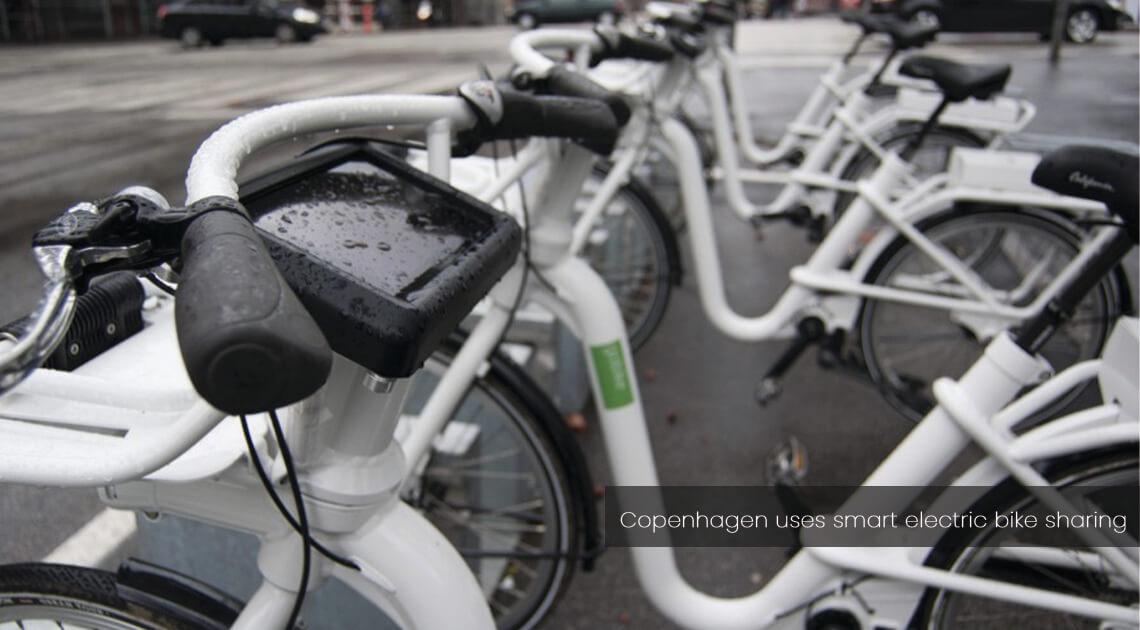Cities around the world are undertaking initiatives to promote a greener and safer urban environment. Combining wireless connectivity with ICTs and data analytics, these initiatives transform cities, making them better and smarter. The need for such measures goes beyond the cost-saving and efficiency that can be achieved through the adoption of smart technologies. Urban centers are the hub of prosperity, creativity, and innovation but they also come with their own set of challenges.
With increasing population and urbanization unfolding rapidly around the globe, cities have also increased in number and their population size. Despite the many advantages, this high density of population and infrastructure in cities comes with socioeconomic and environmental challenges. Particularly of resources, waste, potable water, energy, emissions, health, mobility, and housing, among others. Given the UN projected increase of global urban population to 68% by 2050, the need to adapt and innovate how we plan our cities has become more important than ever before.
The rapid technological changes and amazing innovations in IoT solutions have enabled city planners to move towards sustainable urbanization. Not only is it compatible with the 2030 Agenda for Sustainable Development, but it is also the answer to successfully manage urban growth and meet the needs of its residents. Cities around the world, including in developing countries where urbanization is expected to be fastest, can benefit from leveraging wireless technology to both connect and improve the infrastructure, economy, efficiency, and overall quality of life for their citizens and businesses.
In a smart city ecosystem, the economic, social, and environmental challenges of urbanization can be tackled efficiently and cost-effectively. All of the city’s infrastructure and utilities can be optimized; from improving the energy distribution, reducing traffic congestion, monitoring air quality, to streamlining trash collection.
In cities across the world, such smart solutions have reduced strain on resources and improve citizen’s experience. In New York City, the Department of Transportation’s initiative Midtown in Motion is one such. It is a congestion management system that has improved the transit time on Midtown’s avenue by 10%. On the other side of the globe, Amsterdam started its smart city initiative back in 2009 with multiple projects aiming to improve traffic, navigation, energy efficiency, and potable water, etc.
No city has the same problems or needs, each must look inwards to understand what areas of concern they need to tackle first. Governments and city planners need to strategically devise what they envision for their urban centers in the long term and prioritize what is important. This can be helpful in charting their plan for innovation and deploying IoT smart solutions exactly where they need them for the maximum impact.
